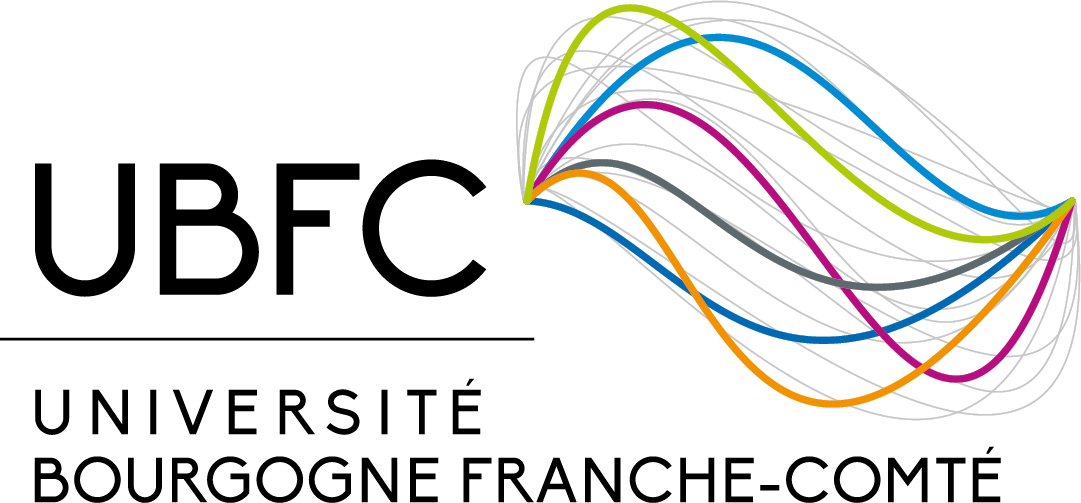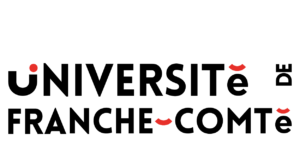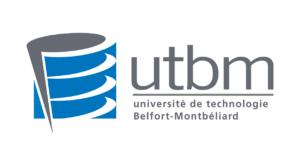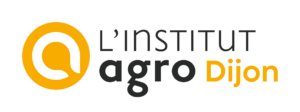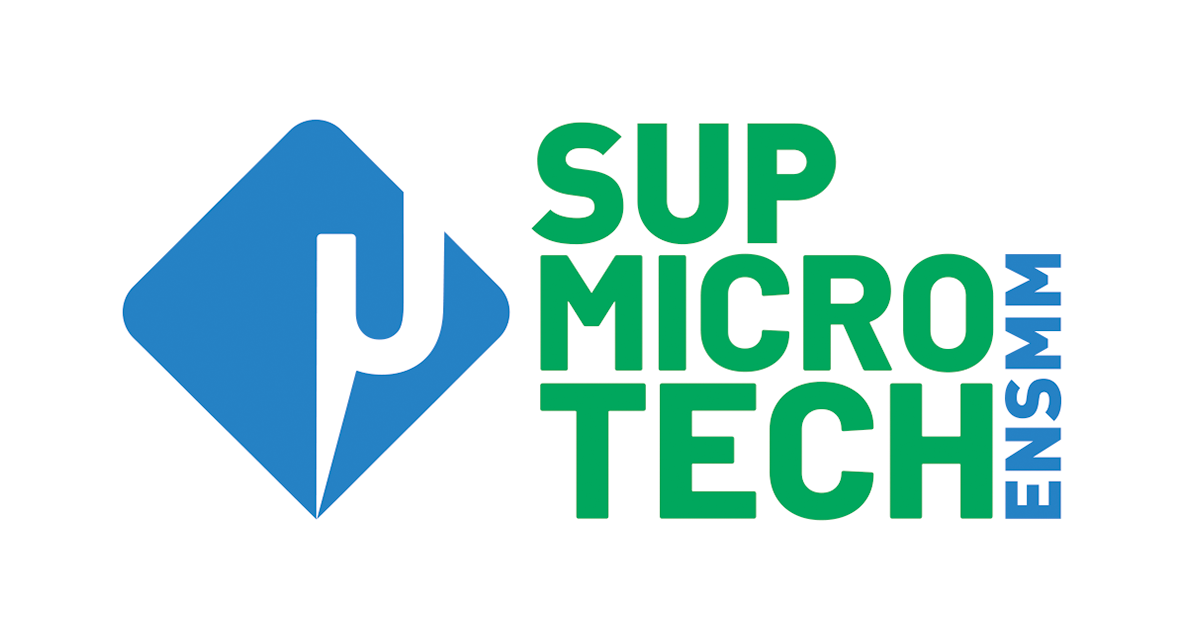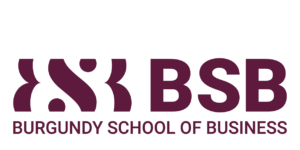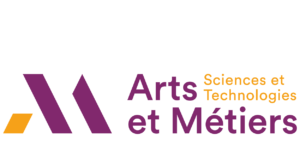Integrated projects
Integrated projects are “top-down” projects. Their purpose is to integrate the ISITE-BFC dynamics into each of the priority axis and thus, guide tomorrow’s research.
These projects fulfill one or more of the following criteria:
- Integration of all the partners in the ISITE-BFC research dynamic.
- creation of infrastructures favoring:
-
- the candidacy of talented international researchers for international fellowships.
- the revision of the objectives of UBFC researchers to ensure that they are in line with one of the priority axes
- the emergence of internal interdisciplinary projects.
This project concerns the development of photonics, a modern terminology covering all aspects of optics, lasers and their applications which are gradually spreading in all areas of human activity: communications, environmental analysis, medicine, material processing etc. The fundamental possibilities of optics in its wave, quantum and nonlinear aspects are explored and exploited to develop photonic devices at the international state of the art with innovative functionalities.
The ICB (Dijon) and FEMTO (Besançon) laboratories aim to develop, within the framework of the APPEAR project, an experimentation and characterization platform essentially oriented towards the mid-infrared domain, first in the optical spectral band included between 2 and 3 microns, then in the 3-5 micron range. This strategic orientation targets numerous project developments in this wide spectral range, which includes development of materials and processes, as also taking place on the international scene. The current scientific frenzy in the direction of the mid-infrared reflects many possible applications, in particular in the fields of health, environment and communication. In fact, infrared between 2 and 5 microns covers spectral regions of interest for spectroscopy holding the molecular fingerprints of simple to complex molecules (greenhouse gases, atmospheric pollutants, toxics and explosive, etc.) as well as atmospheric transparency windows that can be used for communications toward space.
The APPEAR project concretely allows:
- To reach a critical mass of high-performance equipment in the infrared field, including the possibility of characterization at an optical wavelength up to 5 microns, as well as the support of staff essential for the implementation of related experimental projects;
- To promote, through the presence of available pooled equipment, the development of collaborations between the ICB and FEMTO-ST laboratories.
Coordinators :
Philippe Grelu
ICB – UMR 6303 CNRS-uB – UBFC
Photonics Department
philippe.grelu@ubfc.fr
Maxime Jacquot
FEMTO-ST – UMR 6174 CNRS-UFC – UBFC
Optic Department Optique
maxime.jacquot@ubfc.fr
Collaborator labs:
| This project is co-funded by the BFC Region |
 |
While most analyses of the severe housing affordability crisisand contemporary environmental issues are posed separately on a large scale,or focus on the situation of large cities, this integrated project of the I-SITE BFC is driven by a triple ambition:
deal with the interactions between private and public landsmutually linkedin their economic, social and environmental dimensions;
capture these interactions at the regional level of Bourgogne Franche-Comté region on the basis of three themes emblematic of relatively sparsely populated European regions, namely urban green spaces, forested areas and agricultural lands; i
thanks to the synergy of more than 65 agents from 6 laboratories in Besançon and Dijon, our analysis is interdisciplinary between social and environmental sciences in order to broaden the scope of the work of our respective laboratories, both in our various academic fields and in terms of public decision support.
By analyzing the interactions between public and private lands over time and over the whole urban-rural-naturalgradient, we address two main questions: which properties for which uses and for which development opportunities? Which public policies are best adequateto respond to the major environmental issues surrounding land and its uses?
Coordinators:
Francis Raoul
Chrono-environnement / Université de Franche-Comté
francis.raoul@univ-fcomte.fr
Nicolas Renahy
CESAER / INRAE
nicolas.renahy@inrae.fr
Collaborator labs:
| This project is co-funded by the BFC Region |
 |
PERSONALISE is the result of a strong ambition for research in rare/common diseases and oncology, continuation of partnerships woven for many years by the actors of Bourgogne-Franche-Comté. This project aims to be at the center of the I-SITE ecosystem bringing together all the key actors in research, care, education and valorization on its territory, people acting for patients and their families (GIMI, FHUs TRANSLAD/INCREASE, LipSTIC Labex, EquipEx IMAPPI, CGFL, CHUs Dijon/Besançon, EFS BFC, INSERM, Université Bourgogne Franche-Comté, Clinical Investigation Centers).
In the therapeutic field where precision medicine takes off and new technologies are emerging, PERSONALISE wishes to capitalize on four strong axes in order to develop new diagnostic and therapeutic approaches for the benefit of healthcare professionals and patients affected with rare/common diseases or cancer:
- The development of genomics, molecular imaging and pathophysiological signature,
- The development of innovative therapy and clinical trials, in particular immunological approaches, to promote the passage of research towards the patient,
- An important work on ethical, economic and social issues through human social science research projects,
- The professional teaching and patient’s information to make the most advanced information in precision medicine available and to permit patient empowerment.
PERSONALISE aims to have transdisciplinary and integrated approaches that make it possible to take better account of patient issues. Playing also a catalytic role in the economic development of industrial companies, PERSONALISE is therefore destined to become an inescapable player in the French health landscape thanks to the complementarity of its scientific, medical and social approaches, its ability to forge links with local players (professionals and the general public in particular) and its close proximity to the industrial world.
Coordinators :
Christel Thauvin
Centre de Génétique, Hôpital d’Enfants, CHU Dijon Bourgogne
christel.thauvin@chu-dijon.fr
François Ghiringhelli
UMR1231, LNC, Center Georges François Leclerc
FGhiringhelli@cgfl.fr
Olivier Adotevi
INSERM UMR1098, CHU Minjoz
olivier.adotevi@univ-fcomte.fr
Collaborator labs :
- U1231, LNC Lipide Nutrition Cancer
- U1098, Interaction Hôte-Greffon-Tumeur, Ingénierie Cellulaire et Génique
- ICMUB, Institut de Chimie Moléculaire Université de Bourgogne
- LEDi, Laboratoire d’Economie de Dijon
- Psy-DREPI, Dynamique RElationnelles et Processus Identitaire
- UMQVC, Unité de méthodologie et de qualité de vie en cancérologie
| This project is co-funded by the BFC Region |
 |
